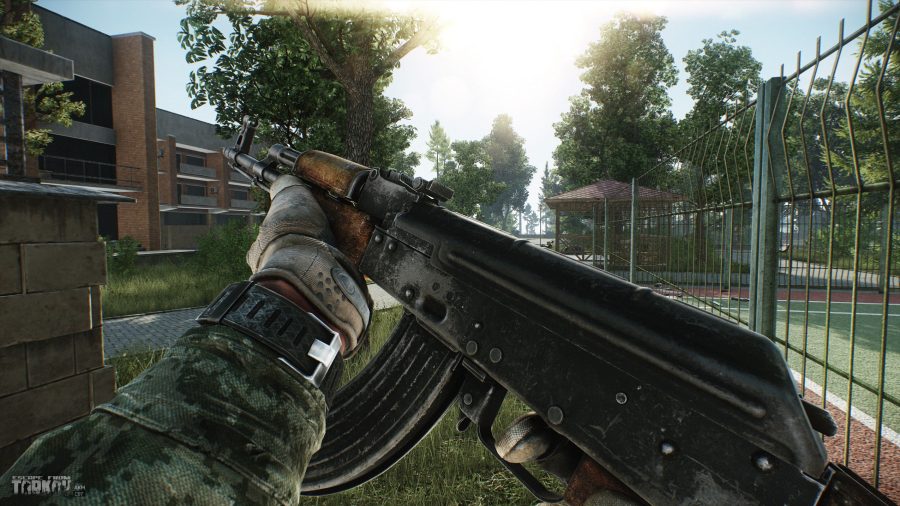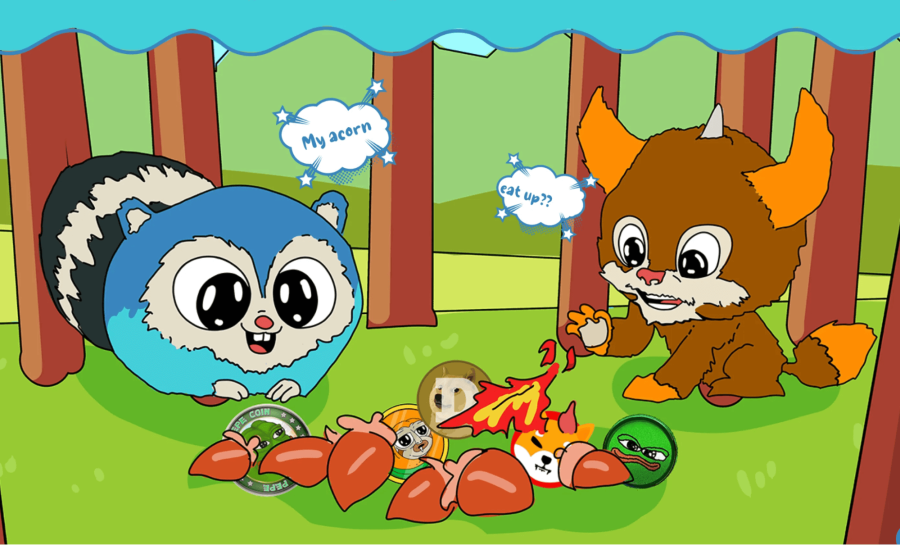Facebook (arguably) owns more data than God.
But how to store a cache of user data collected at the scale of omniscience? If you’re Facebook, just build another custom-crafted server storage locker roughly the size of the USS Abraham Lincoln on top of a breezy plateau in the Oregon high desert. The company’s new Prineville, Ore., data center employs an ultra-green “cold storage” plan designed from the ground up to meet its unique—and uniquely huge—needs.
In the collaborative, open spirit of its Open Compute Project, a server hardware hacking collaborative that grew out of the company in 2011, Facebook invited us to tour its new cold storage data complex, which just blinked live last week. Yes, your old, seldom-accessed Facebook photos live there; no, we didn’t look at them. But we did get to see plenty else.
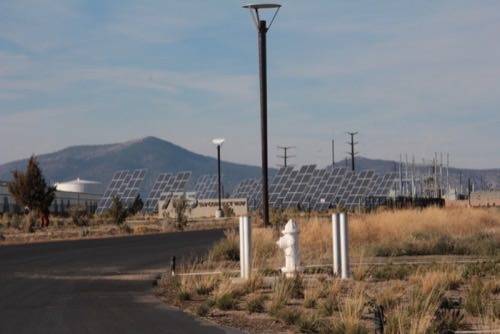
A solar array takes advantage of Prinveville’s 300 days of sunshine per year just beyond the gates.
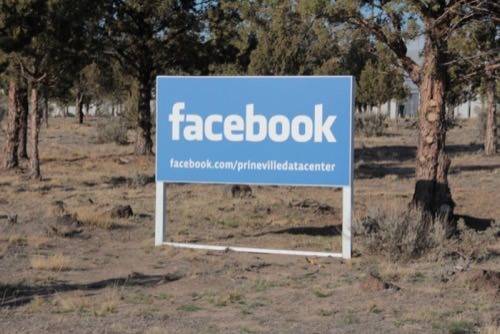
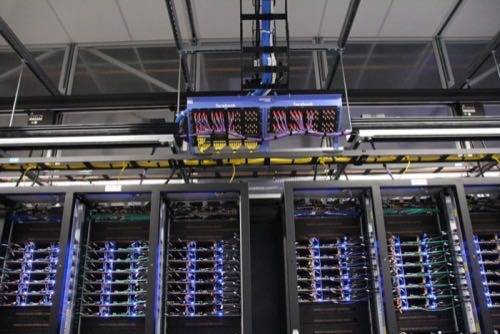
One of Facebook’s “hot” servers. By design, a technician can repair any part of these lightweight units within two minutes, no downtime necessary.
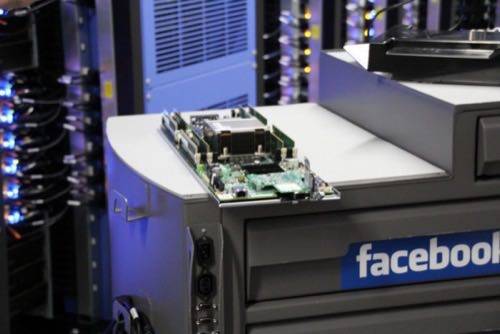
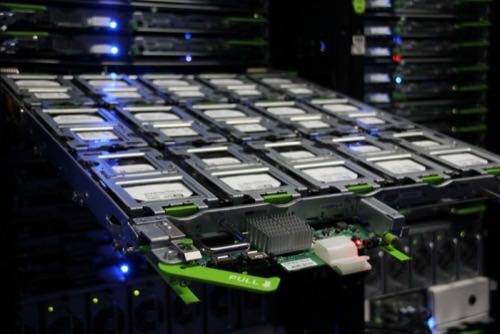
The elegant, simple design of this platform server was born out of Facebook’s Open Compute Project.
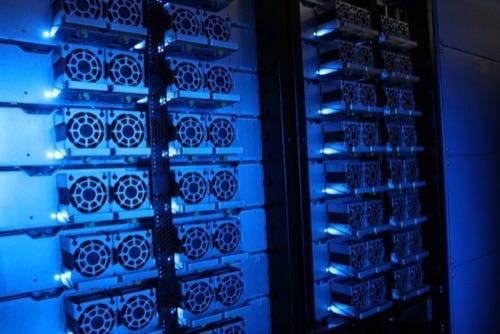
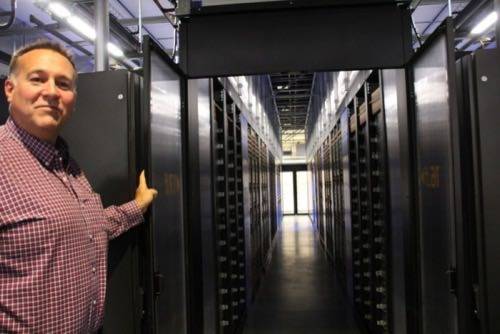
A warm air corridor whisks heat away from the servers.
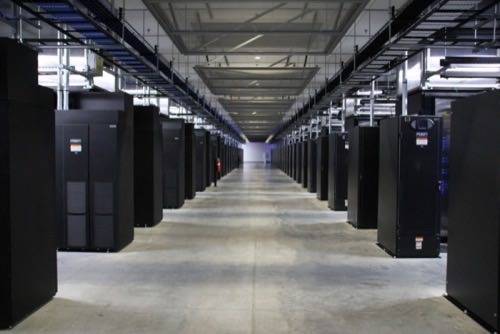
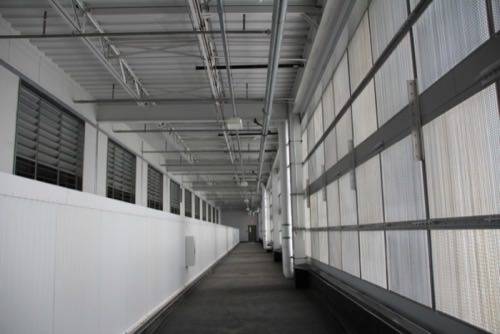
The cooling “penthouse” is actually part of the roof, designed explicitly to put the high desert’s cool air to good use.
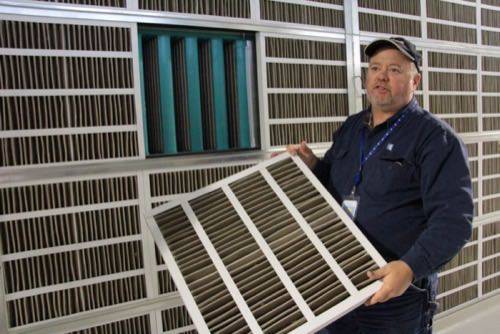
Outside air directed into the data center goes through extensive filtering, making it both cool and clean.
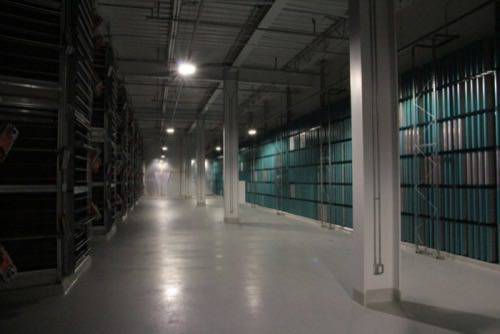
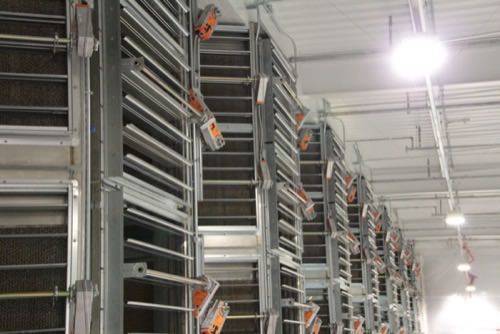
Special louvers naturally direct cool air into the server room.
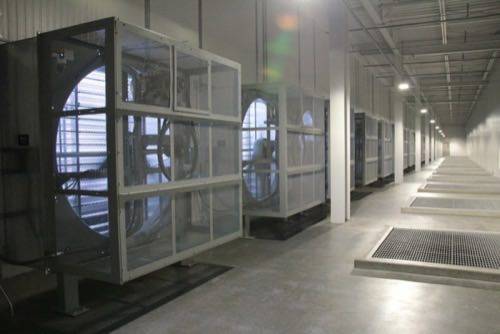
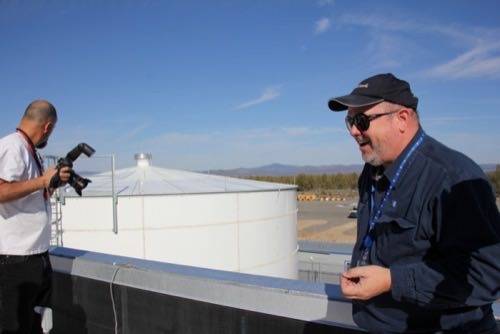
Outside on the roof, a faulty backup generator spins up for a test (and it’s really, really loud).
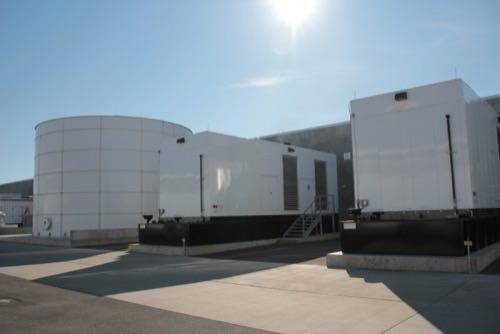
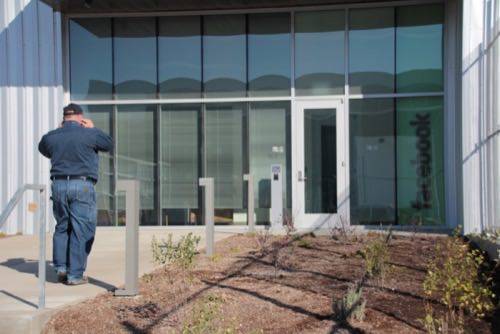
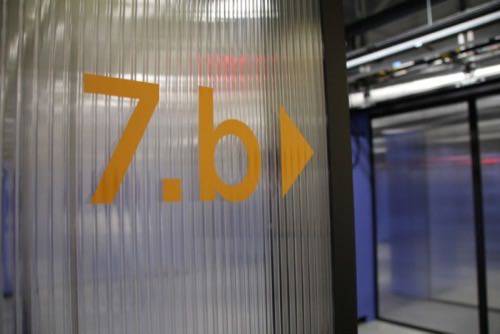
A labeled corridor of server racks points technicians in the right direction.
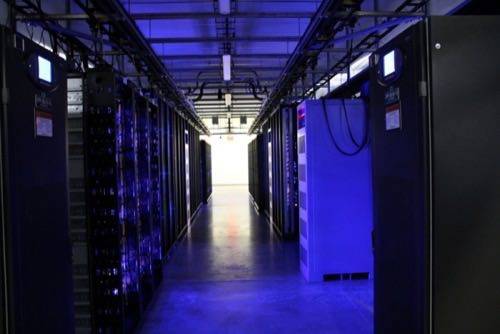
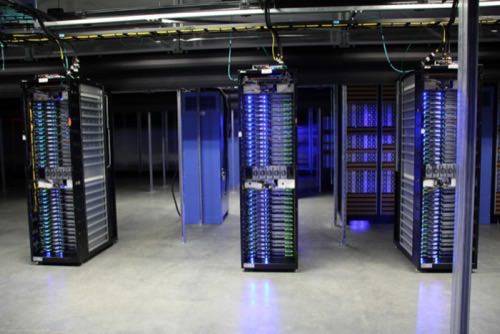
A rack of Facebook’s new cold storage servers, already storing users’ older Facebook photos. The design is tailored to data that is less “hot”, meaning it isn’t accessed nearly as often as something like the News Feed or Profile page.
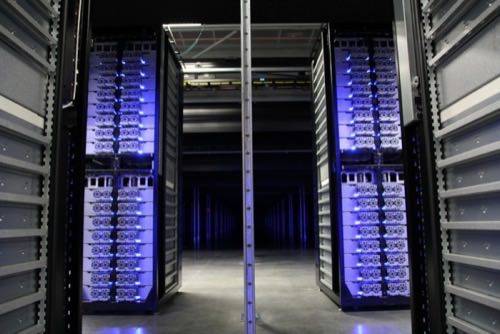
The cold storage racks are few and far between now, but Facebook expects to fill a cavernous hall with them by 2017.
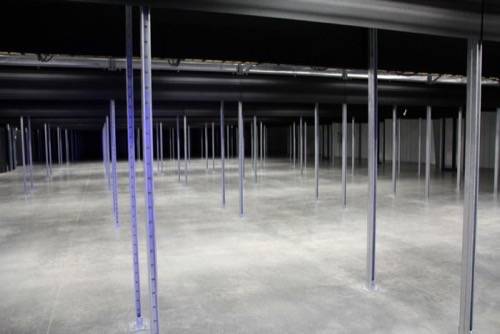
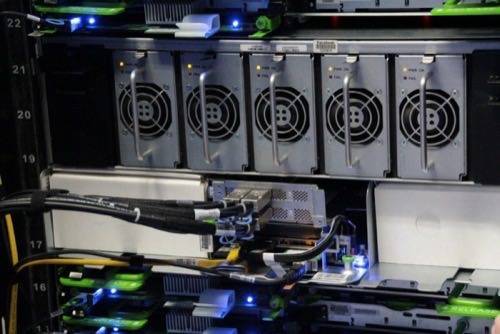
The cold storage design, like many of the data center’s innovations, is an iteration of an Open Compute project.

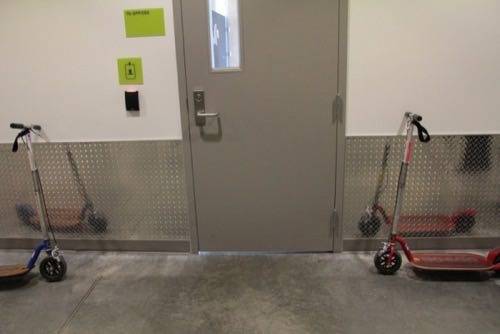
Two Wal-Mart supercenters would fit inside each of Prineville’s data centers. Hence, scooters.
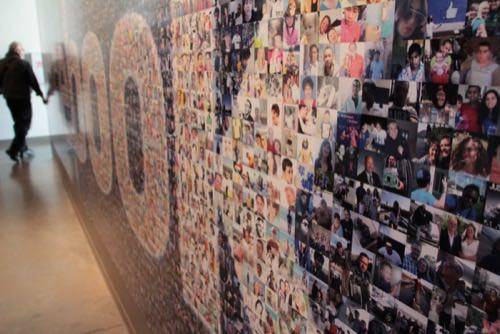
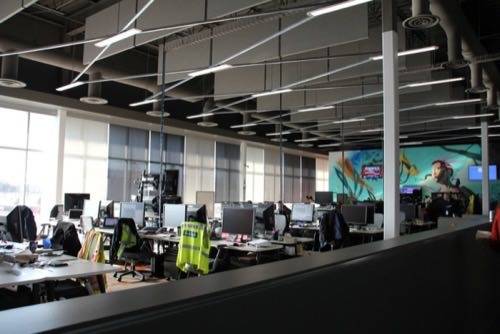
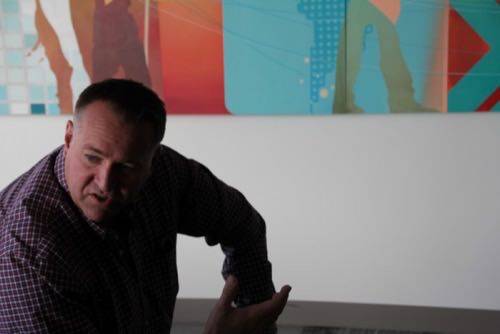
Ken Patchett, a former Googler turned regional director of Facebook’s data centers, talks about the big picture behind Prineville’s designs.
Images by Taylor Hatmaker for ReadWrite



















